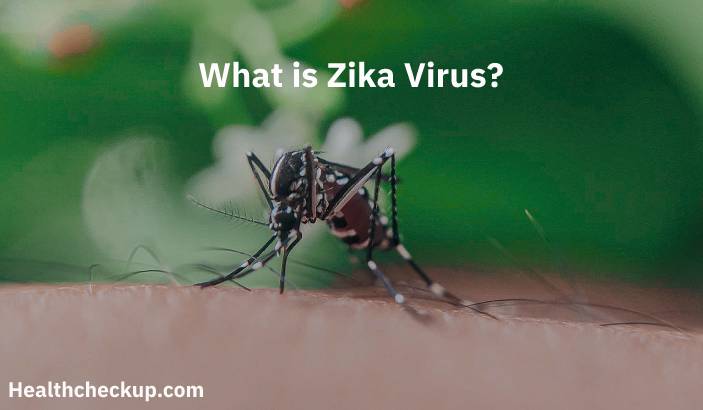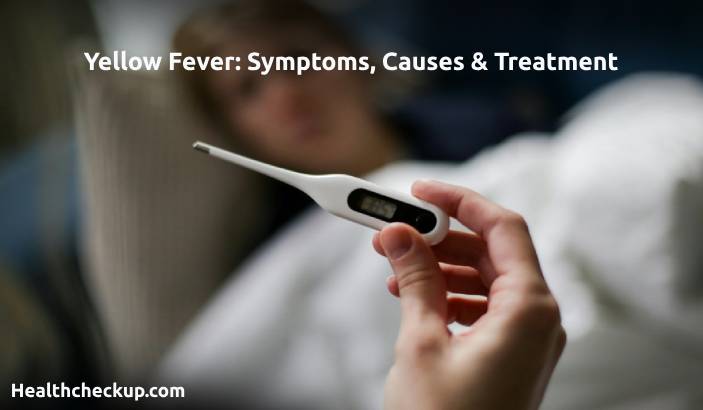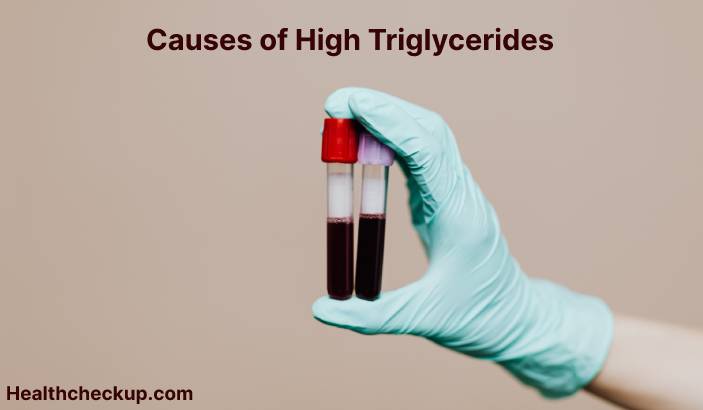Zika virus disease is a viral infection that is transmitted to humans through the bite of an infected mosquito. It is most commonly found in tropical areas of the Americas and Africa, but it has also been reported in other parts of the world. Zika virus infection is generally mild, with symptoms that may include fever, rash, joint pain, and conjunctivitis (red eyes). However, Zika virus infection during pregnancy can lead to serious complications, such as birth defects in the developing fetus.
Symptoms of Zika virus infection may include:
- Fever
- Rash
- Joint pain
- Conjunctivitis (red eyes)
- Headache
- Muscle pain
In rare cases, Zika virus infection can lead to serious complications, such as Guillain-Barré syndrome (a type of autoimmune disorder that affects the nervous system). It can also be transmitted sexually.
Diagnosis of Zika virus infection is typically based on the presence of symptoms and a history of travel to an area where Zika virus is present. It may also involve laboratory tests to confirm the presence of the virus.
Treatment of Zika virus infection is supportive, focused on managing symptoms and preventing complications. This may include medications to control fever and pain, and measures to prevent the spread of infection to others. There is no specific cure or treatment for Zika virus infection.
Zika virus infection can be prevented through the use of mosquito repellents and through the implementation of measures to reduce mosquito breeding sites, such as eliminating standing water. If you are pregnant or planning to become pregnant, it is important to avoid travel to areas where Zika virus is present. If you are experiencing symptoms of Zika virus infection or have been exposed to the virus, it is important to seek medical attention as soon as possible. Follow the recommendations of your healthcare provider to help manage your symptoms and to reduce the risk of complications.








